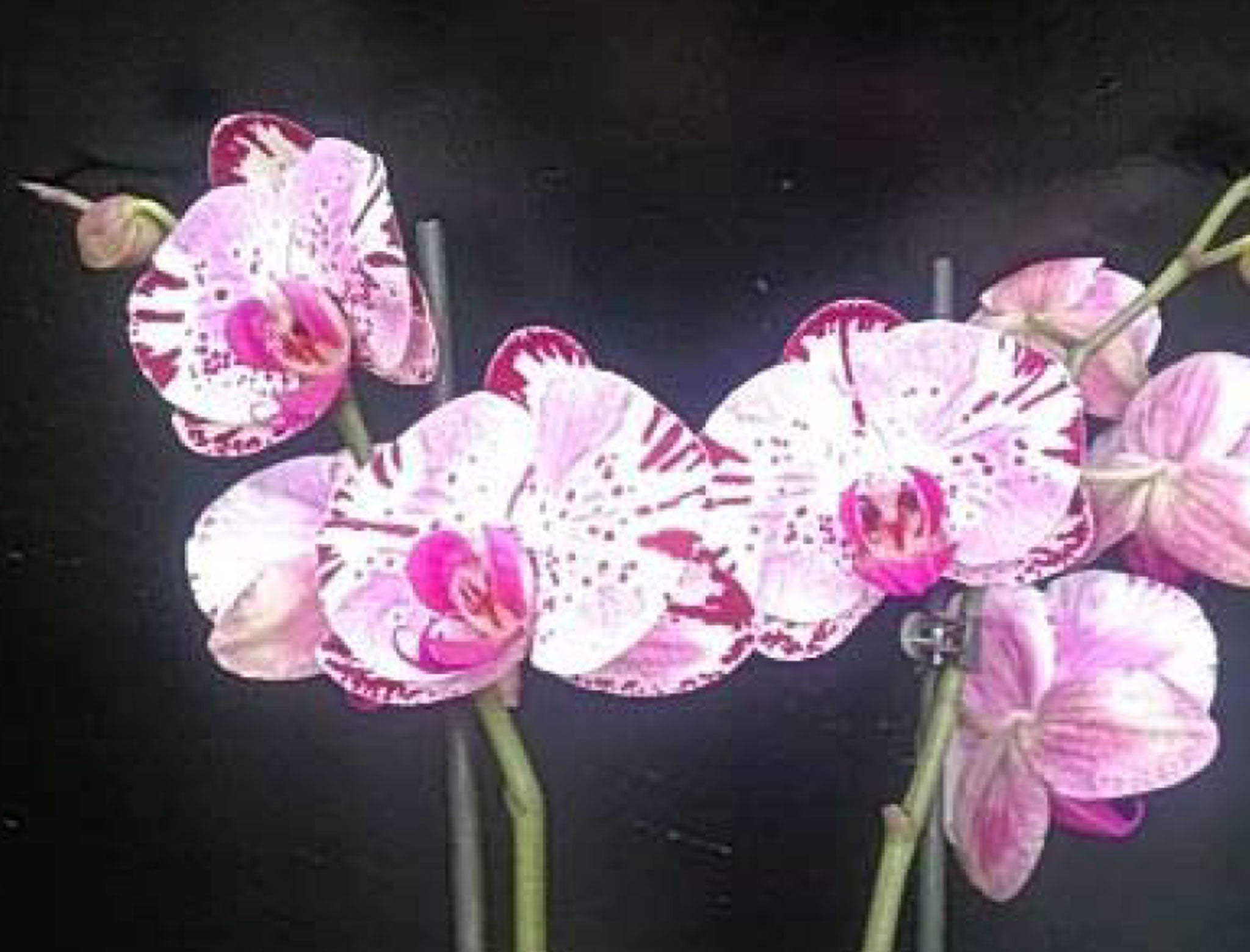Nature Studies: Orchids – gloriously beautiful and enormously successful, too
These flower have evolved into the biggest plant family, with more than 25,000 species

I sometimes think of orchids as flowers taken to the limit. Some of them are the most voluptuously beautiful blooms it is possible to imagine, and occasionally you encounter orchid species from the tropics which are so outlandishly exotic that you realise, setting eyes on them, that you couldn’t, in fact, have imagined them at all.
They are the flagbearers of one of the great revolutions in life on earth – the emergence of the flowering plant. From about 500 million years ago, plants began to cover the land surface, gradually becoming taller and forming forests. But they were mostly pollinated by the wind, and flower-less. The earth was simply green. Many shades of green. But green.
And then, about 150 million years ago, some plants began to use insects instead of the wind to move their pollen around. They equipped their reproductive organs with brightly-coloured petals to catch the insects’ eyes – and in a great outburst of beauty, flowers were born.
They were a huge evolutionary success. While seed plants without flowers, like the conifers and the cycads, now total only about 1,000 species, there are more than 350,000 flowering plants. Orchids epitomise them. They have taken to the extreme the essence of flowers – that is, signalling to pollinators through colours and dramatic shapes – and they have evolved into the biggest of all the plant families, with more than 25,000 species in the wild.
Yet they have been an even bigger success in horticulture, and over the last 200 years, since tropical orchids first began to be brought back to Europe, more than 100,000 orchid cultivars, or hybrids, have been developed by gardeners and plant breeders, culminating in the phalaenopses, or moth orchids, so relatively easy to keep that they are now even sold in supermarkets. And there is one place where wild orchids and cultivated orchids come together spectacularly, where botany meets horticulture in an explosion of colour – and that is the annual Orchid Festival at the Royal Botanic Gardens in Kew, which runs for a month from the end of next week.
It takes place in the steamy warmth of the most modern of Kew’s glasshouses, the Princess of Wales Conservatory, which focuses on the tropics, and last week I watched its glossy dark-green vegetation being transformed by thousands upon thousands of hybrid orchid flowers, in salmon pink, white-and-cerise, banana yellow, purple-and-lilac, and unending combinations of colours – phalaenopses covering the pillars, spotted vanda orchids cascading down a wall.
The spectacle is astounding. “It’s about having something that brightens up the dullest period of the year,” said Kew’s displays coordinator, Phil Griffiths – and it is adored by gardening enthusiasts. But personally I am more taken with the wild orchids from all over the world which come out on display from Kew’s large collection. They include historic species such as Phaius tankervilleae, from Asia, whose flower is a lovely purple and yellow tube framed by brown and white petals, and which was the first tropical orchid to bloom after being brought back to Britain.
The orchid hunters of the 19th and early 20th centuries, in fact, constitute the theme of this year’s festival, with a mock-up of a Victorian botanists’ riverside camp in a tropical jungle, complete with Wardian cases, the special triangular boxes used to transport delicate plants.
Inside the cases will be examples of a stunning new orchid, a phalaenopsis hybrid called Diamond Sky, which has been bred by a Dutch nursery, Greenbalanz, and is being shown to the public at the festival for the first time.
Orchid-hunting is not what it used to be. And rightly so
Kew still employs its own orchid hunter – Andre Schuiteman – who has not long returned from his first collecting trip for the Royal Botanic Gardens, to Cambodia’s Cardamom Mountains. The 53-year-old Dutch researcher, who came to Kew from the Leiden Botanical Garden and is a veteran of jungle expeditions from Papua New Guinea to Colombia, brought back 300 plants from about 80 orchid species, some of which will almost certainly be new to science.
Asked the difference between such a trip now and one a century ago, he said: “Apart from the mode of travel and the timescale involved – in the past it took months or years and now it’s maybe three or four weeks – the main difference is the bureaucracy involved.
“You need so many permits today, to even bring back one dried flower. In the past they just took shiploads full of plants, without anyone asking questions. To get all the permits to go to Cambodia this time took two years.”
But is collecting now on a more ethical basis, perhaps? “As it should be,” he said.
Kew’s Orchid Festival runs from 8 February to 9 March.

Join our commenting forum
Join thought-provoking conversations, follow other Independent readers and see their replies